Dining habits have evolved dramatically over the past decade, and millennials have played a central role in shaping the modern culinary landscape. As a generation that values authenticity, quality ingredients, sustainability, and unique dining experiences, millennials are moving away from many traditional chain restaurants that once dominated the food scene. Stale menus, uninspired décor, and a lack of transparency in sourcing and nutrition have pushed these chains out of favor with a demographic that craves innovation and a more personal connection to what’s on their plate. Convenience is no longer the only priority—taste, ethics, and experience now carry equal weight.
In contrast, some chain restaurants that once enjoyed widespread popularity are now struggling to meet the rising expectations of millennial diners. Whether it’s due to outdated branding, lackluster food quality, or an inability to adapt to changing dietary preferences and digital lifestyles, these establishments are facing increasing pressure to reinvent themselves or risk becoming irrelevant. This shift isn’t just a trend—it’s a reflection of broader cultural changes in how younger generations perceive value in dining. In this look at evolving restaurant preferences, we explore which chains are falling out of favor with millennials and why, uncovering the key elements that now define a satisfying and relevant dining experience.
1. Golden Corral
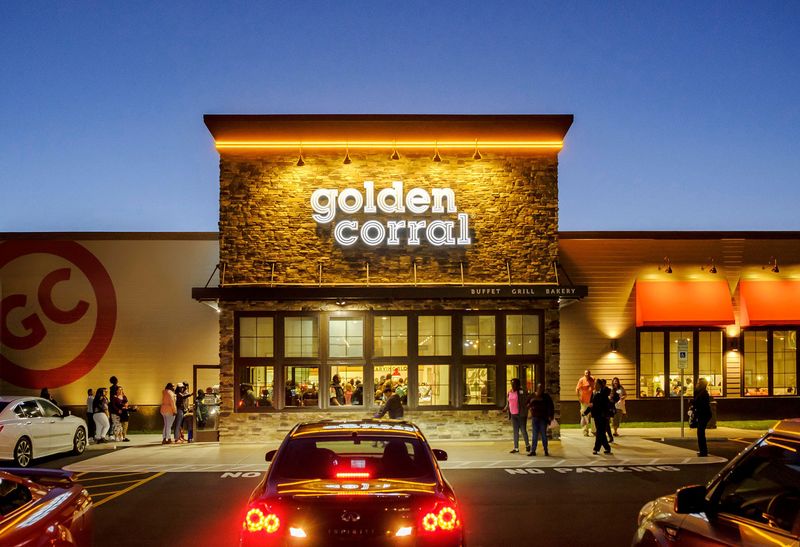
Once a hub for family outings, Golden Corral seems to have lost its charm among millennials. The buffet-style restaurant, with its promise of variety, now feels like a relic from the past. Millennials, favoring unique dining experiences and fresh ingredients, often bypass the traditional offerings of Golden Corral.
Moreover, the health-conscious trend has led many to question the nutritional value of buffet fare. The endless array of options, once considered a draw, now serves as a reminder of the food waste and overindulgence that many strive to avoid today.
2. Applebee’s
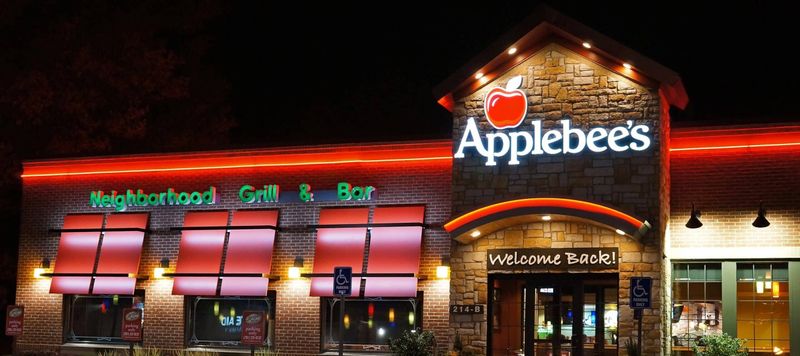
With its neighborhood grill vibe, Applebee’s no longer resonates with millennial diners. Seeking authenticity and local flavors, they often skip this once-popular chain in favor of local eateries. The atmosphere, once charming, now feels manufactured and stale to a generation that values originality.
Furthermore, the menu’s heavy reliance on fried foods and sugary drinks doesn’t align with current health trends. Millennials are increasingly opting for healthier dining options that offer more transparency about ingredient sourcing and preparation methods.
3. Olive Garden
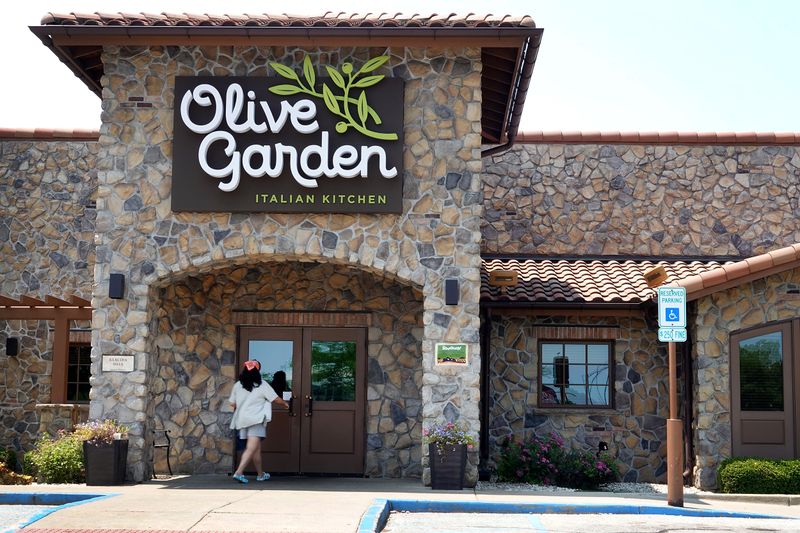
Olive Garden’s allure of endless breadsticks and pasta bowls doesn’t seem to captivate millennials as it did previous generations. Preferring authentic Italian flavors, millennials often look elsewhere for their pasta cravings. The chain’s standardized menu lacks the innovation and freshness that this demographic seeks in their dining experiences.
Additionally, the ambiance, once perceived as cozy, now comes off as outdated. Millennials are drawn to modern, trendy spaces that offer a blend of good food and a lively atmosphere, something Olive Garden struggles to provide.
4. TGI Fridays

Known for its lively atmosphere and extensive drinks menu, TGI Fridays seems to have lost its appeal among millennials. The chain’s once energetic vibe now feels forced and its menu uninspired, lacking the innovative cocktails and dishes that draw in today’s younger crowd.
Moreover, the rise of local gastropubs and cocktail bars has overshadowed TGI Fridays’ offerings. Millennials are in search of unique experiences and craft cocktails, often finding the generic nature of chain bars like TGI Fridays unappealing.
5. Cracker Barrel
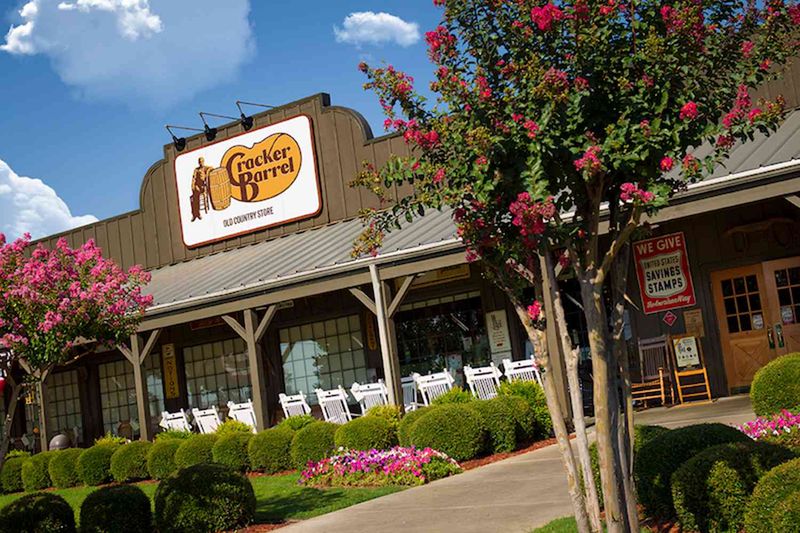
Cracker Barrel’s rustic charm and country-style cooking, once a travel staple, no longer attract millennial diners. Their preference for contemporary and eclectic cuisine makes the traditional Southern fare seem less appealing. Millennials seek innovative dishes and diverse flavor profiles that Cracker Barrel’s menu lacks.
The chain’s retail component, filled with nostalgic trinkets, also fails to resonate with those who prefer minimalist and modern aesthetics. Younger diners are drawn to eateries that reflect their lifestyle and values, often leaving Cracker Barrel out of consideration.
6. Ruby Tuesday
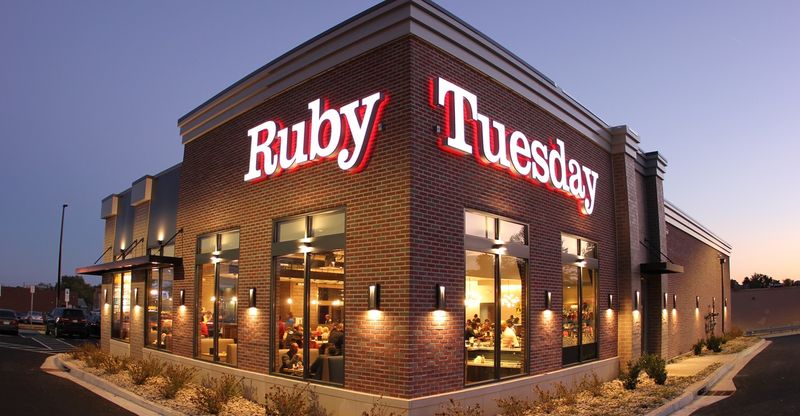
Once a go-to for casual dining, Ruby Tuesday has seen a decline in millennial patrons. The chain’s standard American menu and outdated decor no longer impress a generation eager for culinary adventures and contemporary design.
The much-promoted salad bar, a central feature of Ruby Tuesday, is overshadowed by the plethora of fresh and organic options available at modern eateries. Millennials, who value health and sustainability, often find more appealing choices elsewhere, leaving Ruby Tuesday struggling to stay relevant.
7. Hooters
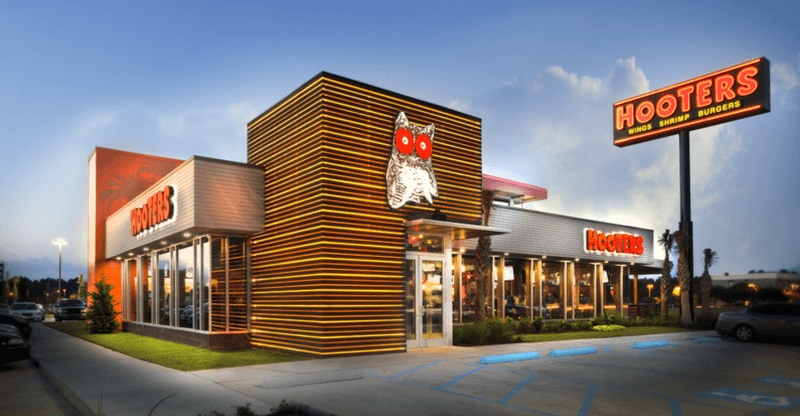
Famous for its wings and waitresses, Hooters doesn’t align with the values of millennial diners. This generation seeks inclusive and respectful dining environments, often avoiding establishments with outdated themes. The novelty of Hooters’ concept, which once drew crowds, now feels out of step with modern dining preferences.
Additionally, the rise in gourmet chicken wing joints and diverse food offerings has left Hooters behind. Millennials prefer venues where they can enjoy quality food in a comfortable setting, without the controversial branding that Hooters continues to promote.
8. Friendly’s
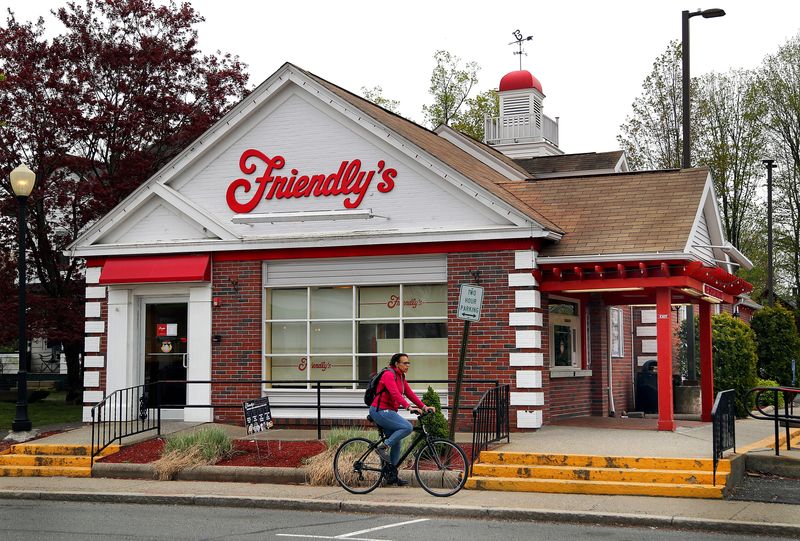
Known for its ice cream and family-friendly vibe, Friendly’s struggles to maintain its appeal among millennials. This generation, with its penchant for artisanal and gourmet flavors, often finds the classic offerings of Friendly’s too simplistic.
Moreover, the retro diner aesthetic that once charmed patrons now seems dated. Millennials, who appreciate modern design and unique dining experiences, often bypass Friendly’s for trendier dessert spots or cafes, seeking a blend of quality and atmosphere that the chain can’t quite match.
9. Red Lobster
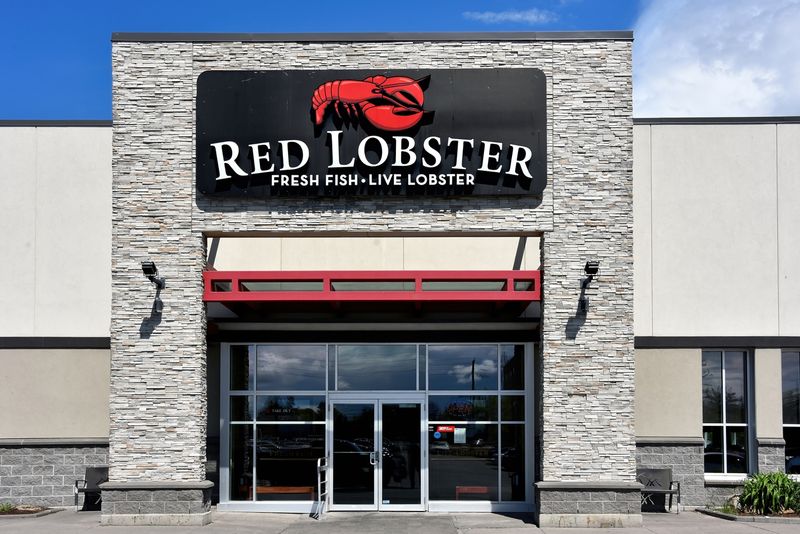
With its promise of accessible seafood dining, Red Lobster no longer captivates the millennial palate. This generation, favoring sustainable and locally sourced ingredients, often questions the chain’s sourcing practices and menu integrity.
The traditional seafood platters, once a major draw, now feel uninspired compared to the fresh and creative offerings available in local seafood markets and restaurants. Millennials, who seek authenticity and environmental consciousness, often choose eateries that align with their values over mass-market chains like Red Lobster.
10. IHOP
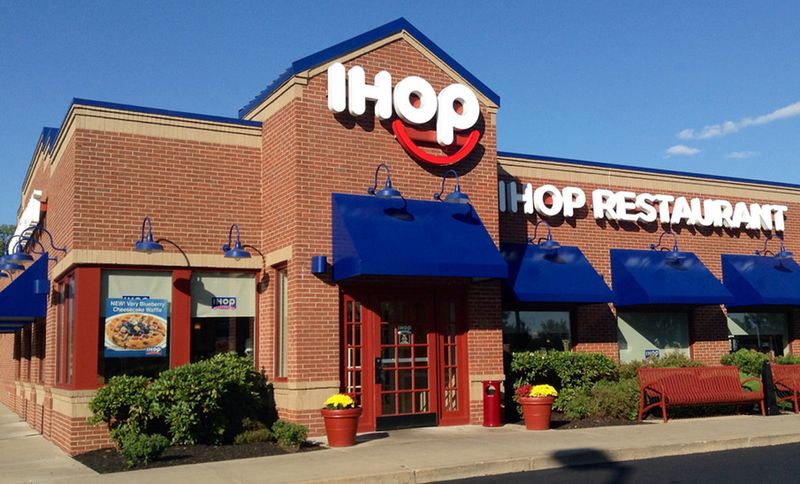
IHOP, famous for its pancakes and breakfast all day, seems to have lost its luster for millennials. This generation, increasingly health-conscious, often opts for cafes offering organic and whole-food breakfast options over IHOP’s indulgent and carb-heavy menu.
While IHOP once thrived on its all-American breakfast appeal, millennials are drawn to diverse and global flavors. The standard pancake and syrup combo, once a staple, now pales in comparison to the creative brunch dishes found in trendy urban eateries.
11. Sbarro
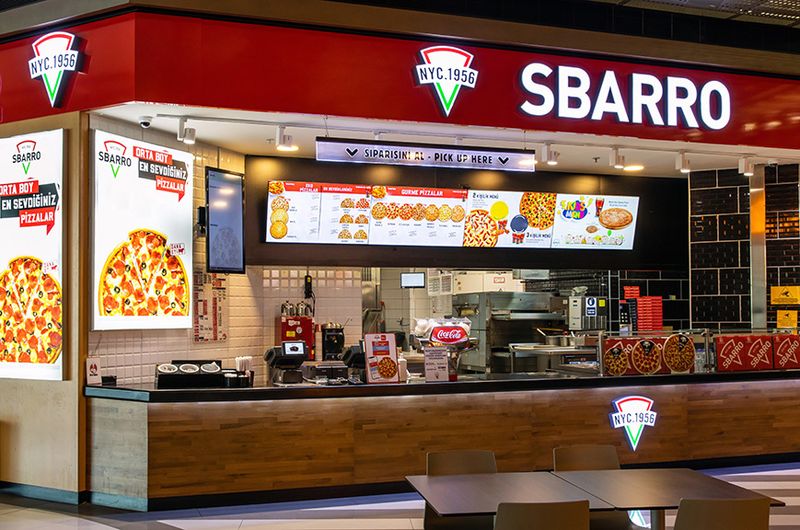
Sbarro’s mall-based pizzerias, once a staple for quick bites, have fallen out of favor with millennials. This generation’s preference for authentic and artisanal pizza makes Sbarro’s offerings seem lackluster and uninspired.
Moreover, the rise of food delivery apps and gourmet pizzerias has made Sbarro less appealing. Millennials value quality and convenience, often choosing local pizzerias or trendy pop-up shops that offer both over the uniform slices of Sbarro found in bustling malls.
12. Cheesecake Factory
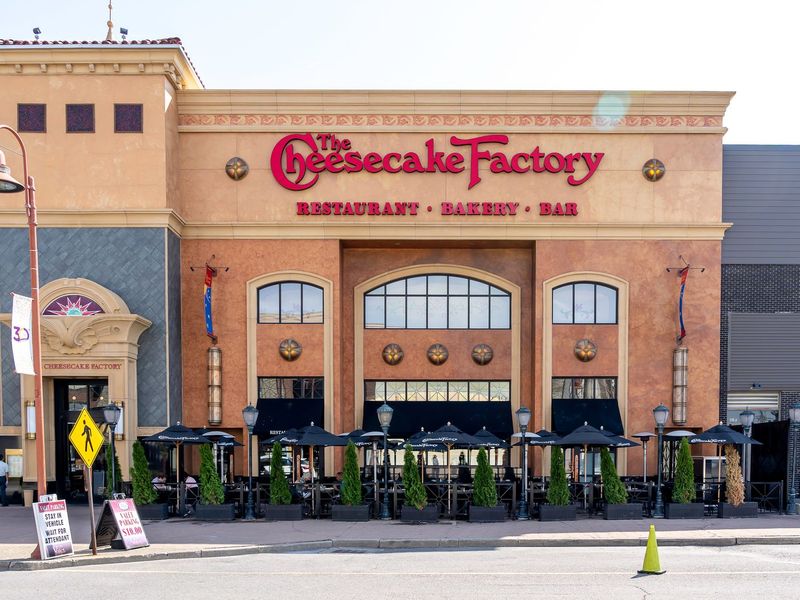
With its extensive menu, Cheesecake Factory now struggles to attract millennial diners. This generation often finds the overwhelming choices and caloric dishes less appealing, preferring concise menus that focus on quality over quantity.
Furthermore, the grandiose decor, once a hallmark of luxury casual dining, seems excessive to a generation favoring minimalist and understated elegance. The appeal of Cheesecake Factory’s lavish style has waned as millennials seek dining experiences that are both visually and gastronomically satisfying.
13. Fuddruckers
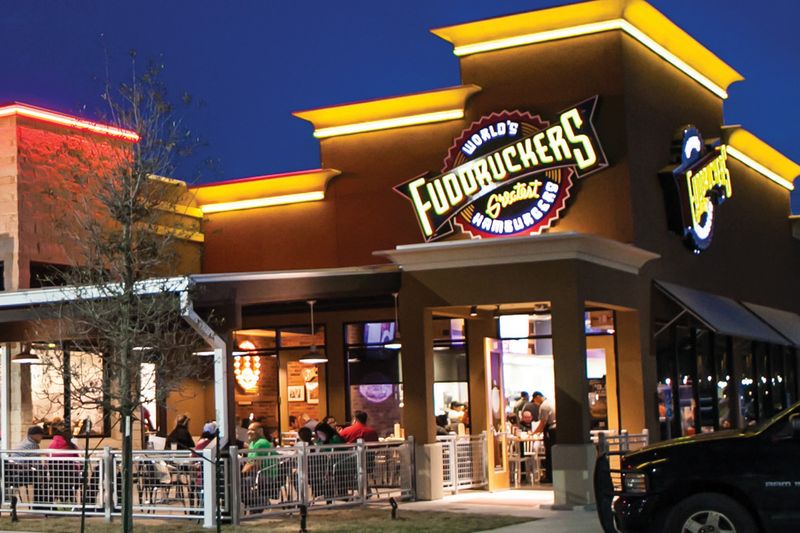
Fuddruckers, with its claim of the “World’s Greatest Hamburgers,” no longer entices millennial diners. This generation, focused on gourmet burgers and innovative flavors, often bypasses the traditional setup of Fuddruckers.
Additionally, the casual, fast-food hybrid model doesn’t resonate with millennials who prefer either high-quality fast-casual or authentic sit-down experiences. The novelty of customizing burgers at Fuddruckers has waned as the market offers more diverse and exciting burger options.
14. Quiznos
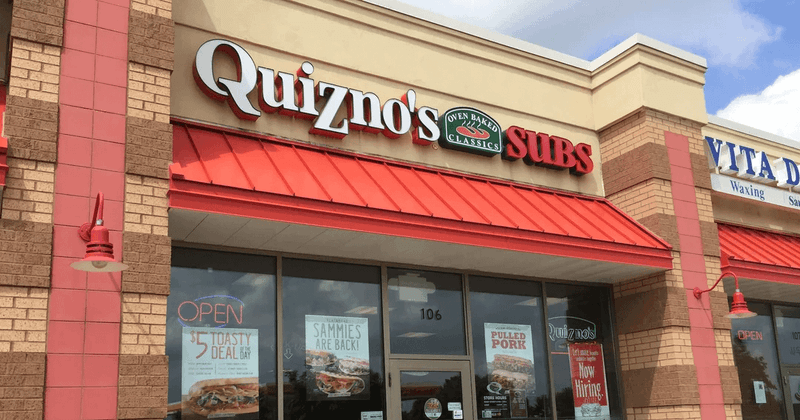
Once popular for its toasted subs, Quiznos struggles to maintain relevance with millennials. This generation, valuing fresh and locally sourced ingredients, often finds Quiznos’ offerings lacking compared to artisanal sandwich shops.
Moreover, the brand’s identity, initially built on convenience and novelty, hasn’t evolved with the times. Millennials seek authenticity and transparency in their dining choices, often opting for independent cafes or delis that align with their values over chain sandwich shops like Quiznos.
15. Boston Market
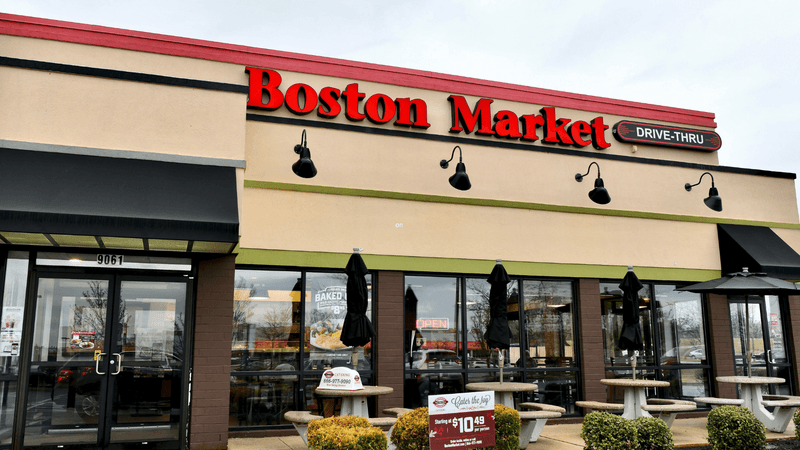
Boston Market, known for its rotisserie chicken, no longer captures the interest of millennials. This generation’s shift towards plant-based and diverse cuisine options makes the chain’s offerings feel limited and outdated.
Furthermore, the homestyle and traditional atmosphere, once a comfort, now feels out of sync with modern tastes. Millennials, who favor urban and eclectic dining experiences, often overlook Boston Market in search of vibrant and innovative culinary adventures.
Leave a comment